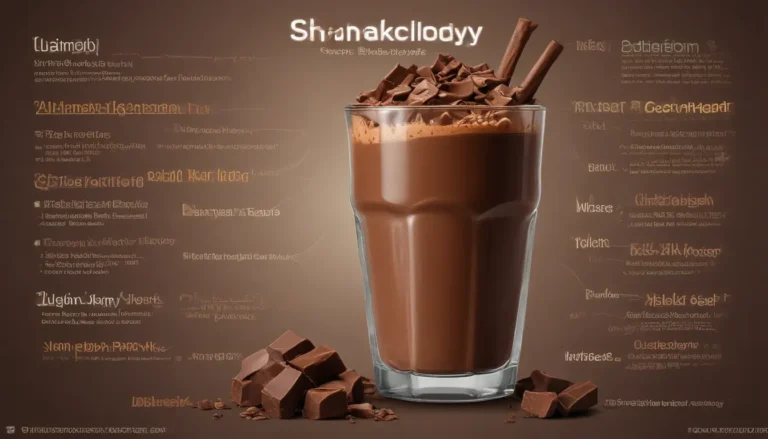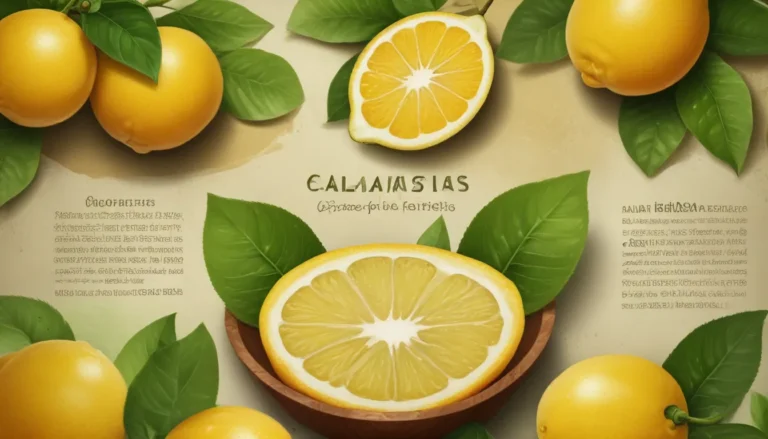The pictures in our articles might not always show exactly what the text is talking about. We use these images to make the article more interesting and eye-catching. They are there to add to the text, but not to replace it or show every detail.
Are you a fan of Pringles, those iconic red cans of deliciousness? Well, you're not alone! These crunchy potato chips have been a favorite snack for many over the years. But have you ever stopped to think about what exactly makes up Pringles and how they fit into your diet? In this article, we will delve into the nutrition facts behind Pringles to help you make informed choices about your snacking habits. From calories and saturated fats to ingredients like gluten and added sugars, we've got all the details covered!
Understanding the Calorie Count
Pringles are a source of energy, with each standard single serving (40 grams) packing a punch of 210 calories. While they make for a tasty treat, it's essential to be mindful of your calorie intake, as they can add up quickly.
Watching Out for Saturated Fats
One thing to note about Pringles is their high saturated fat content, clocking in at around 2.5 grams per serving. While fats are necessary for our bodies, consuming too much saturated fat can increase the risk of heart disease. It's all about finding the right balance!
Be Mindful of Trans Fats
It's important to check the label on Pringles, as some flavors contain trans fats, which have been linked to heart disease. Being aware of what's in your snacks can help you make healthier choices.
Keeping an Eye on Sodium Levels
Pringles are known for being high in sodium, with approximately 160 milligrams in a single serving. Excessive sodium intake can contribute to high blood pressure, so moderation is key.
Balancing Carbohydrates
Like other potato chips, Pringles are rich in carbohydrates, with about 16 grams per serving. Carbs provide energy, but it's crucial to balance them with physical activity to avoid weight gain.
Considering the Protein Content
While Pringles do contain some protein, with 1 gram per serving, they are not a significant source compared to other protein-rich foods. It's good to incorporate a variety of protein sources in your diet.
Image from Adobe Stock
The Role of Dietary Fiber
Pringles offer a small amount of dietary fiber, less than 1 gram per serving. For those focused on digestive health, choosing foods higher in fiber might be a better option.
Exploring Vitamins and Minerals
Pringles contain modest amounts of vitamins such as vitamin C and some B vitamins, along with trace minerals like calcium and iron. While they contribute to your daily intake, they are not a primary source of these essential nutrients.
Understanding Gluten Content
Pringles contain wheat starch, making them unsuitable for individuals with celiac disease or gluten sensitivity. It's important to check for gluten-free alternatives if needed.
Minding Added Sugars
Some Pringles flavors contain added sugars, which can lead to an increase in calorie intake if consumed excessively. Being aware of hidden sugars in snacks is crucial for overall health.
Considering MSG and Artificial Flavors
Certain Pringles flavors contain monosodium glutamate (MSG) and artificial flavors to enhance taste profiles. While safe for most, some individuals may be sensitive to these additives.
Image from Adobe Stock
Preserving Freshness with Additives
To maintain freshness, Pringles use preservatives in their formulation. While generally safe in controlled amounts, some prefer to opt for snacks without added preservatives.
Allergen Awareness
Pringles may contain allergens like wheat and milk, depending on the flavor. Checking the label for allergen information is essential, especially for individuals with food allergies.
GMOs in Pringles
Pringles are made from conventionally grown ingredients, which may include genetically modified organisms (GMOs). Understanding where your food comes from is a key aspect of mindful eating.
The Lowdown on Cholesterol
For those monitoring their cholesterol levels, Pringles have a low cholesterol content. This can be a positive aspect for individuals looking to maintain heart health.
Soy Allergen Alert
Some Pringles flavors contain soy, which can trigger allergies in susceptible individuals. Reading labels and being mindful of allergens is crucial for a safe snacking experience.
Vegan and Vegetarian Options
Most Pringles flavors are vegetarian, but not all are vegan due to the presence of dairy in certain varieties.
In Conclusion
While Pringles are undeniably a delightful snack, understanding their nutritional profile is key to making informed choices. They offer some essential nutrients but are also high in sodium, saturated fats, and may contain additives. By being mindful of what you eat, balancing your diet with nutrient-rich foods and staying active, you can enjoy Pringles in moderation without compromising your overall well-being.
We Value Your Feedback!
At our core, we strive to provide accurate and engaging content that enriches your knowledge. Every fact shared on our platform is contributed by individuals like you, ensuring a diverse range of insights and information. Upholding the highest standards of accuracy and reliability, our dedicated editors review each submission meticulously. Trust in our commitment to quality and authenticity as we continue to explore and learn together.






